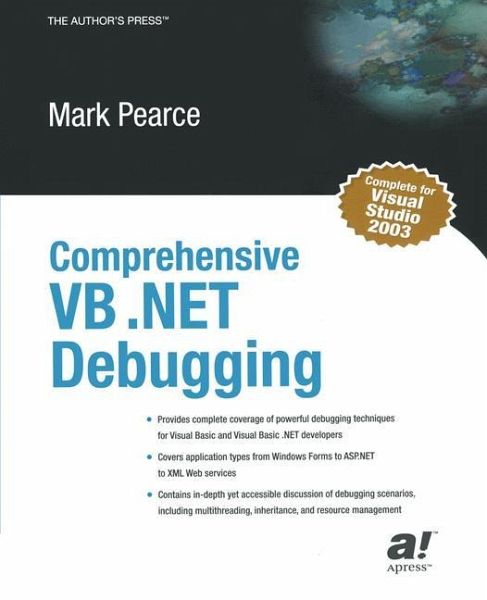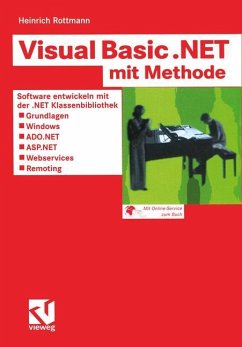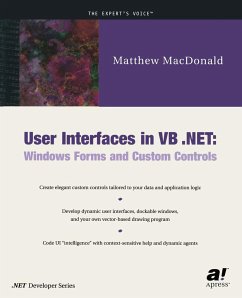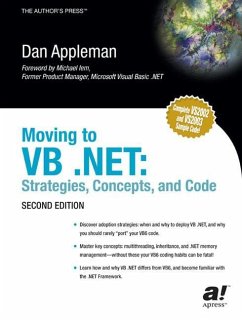
Comprehensive VB .NET Debugging

PAYBACK Punkte
14 °P sammeln!
Pearce's book is specifically about debugging in the programming language VB.NET for every application type, from Windows Forms to ASP.NET to XML Web services.
THIS BOOK IS ABOUT FINDING, understanding, fixing, and preferably preventing bugs when creating desktop, network, and Web applications with Visual Basic (VB) .NET. It explores the power of the new cross-language and cross-component debugging tools, and shows you how to dig down into or tunnel across your entire application to find bugs at whatever level they live. With the arrival of VB .NET, many of the old debugging rules have changed. This means that some ominous storm clouds are gathering on the horizon. Well, Toto, We're Not in Kansas Anymore Back in the personal computing Dark Ages, during a period when men were men and code was written in blood, it took some seriously hard-core work to create a viable and stable Windows application. Windows itself was still relatively imma ture and was being held back because of the lack of simple tools available for producing programs. Then in 1991 Visual Basic 1.0 and its successors (henceforth collectively referred to as VB.Classic) came riding to the rescue and changed the software development world in a dramatic way.














